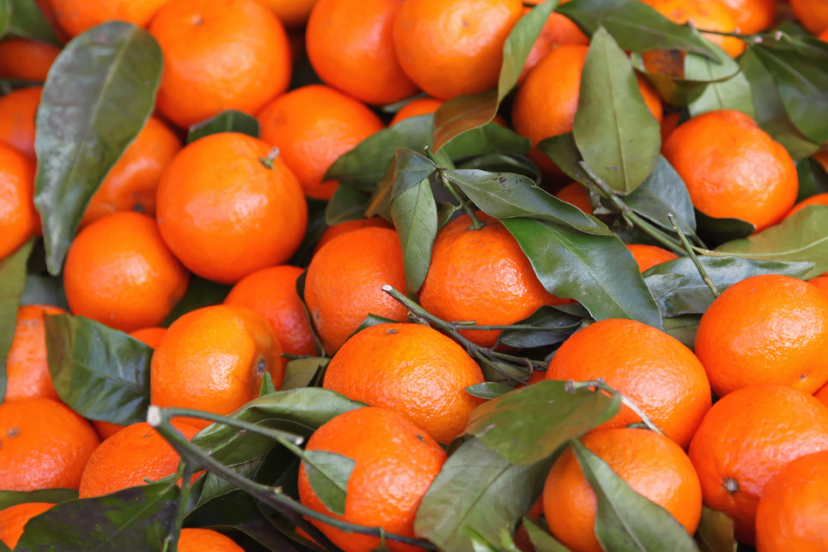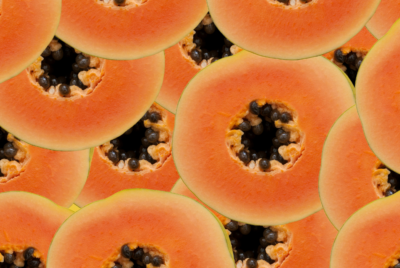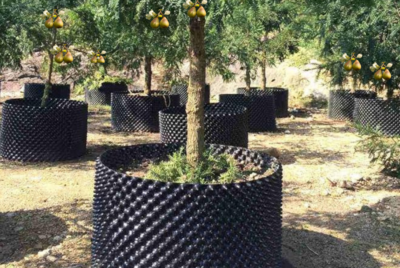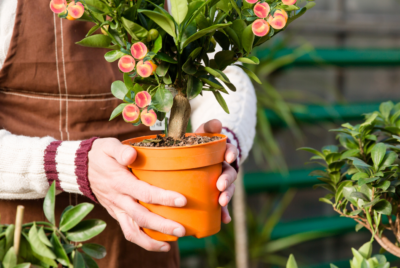Tips For Growing Tangerine Trees
Introduction: Tips for Growing Tangerine Trees
Just like SUVs dominate the American vehicle market, tangerines can dominate your home garden with the right care and attention. Known for their sweet and juicy fruit, tangerine trees can thrive in a variety of climates, making them a popular choice for home growers. However, there are certain key tips and tricks to keep in mind to ensure your tangerine tree flourishes and produces an abundance of delicious fruit. Whether you’re a seasoned gardener or just starting out, following these simple guidelines will help you successfully grow tangerines in your own backyard.

Key Takeaways:
- Choose the right variety: Select a tangerine tree variety that is well-suited for your climate and available space in your home garden.
- Provide ample sunlight: Tangerine trees require full sunlight for optimal growth and fruit production, so ensure they receive at least 6-8 hours of sunlight daily.
- Regular watering: Keep the soil consistently moist but not waterlogged to support healthy tangerine tree growth. Water deeply but infrequently.
- Fertilize appropriately: Use a balanced fertilizer specifically formulated for citrus trees to provide imperative nutrients for tangerine tree health and fruit development.
- Prune and train your tree: Regular pruning helps shape the tree, promotes air circulation, and removes dead or diseased branches, leading to better fruit production.
Choosing a Planting Location
Assessing Sunlight and Soil Requirements
Requirements: Even before you bring home a tangerine tree, it’s crucial to assess your garden’s sunlight and soil conditions. Tangerine trees thrive in areas with full sunlight, meaning at least 6-8 hours of direct sun exposure each day. Make sure the soil is well-draining and slightly acidic with a pH level between 6.0 and 7.0 for optimal growth. Conduct a soil test to determine its acidity and nutrient levels before planting your tangerine tree.
Space Considerations for Tangerine Trees
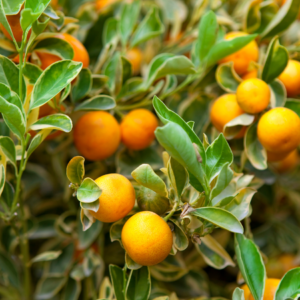
An: important aspect to consider when selecting a planting location for your tangerine tree is space. These trees can grow to be anywhere from 8 to 25 feet tall and wide, so they require ample space to spread out and flourish. Ensure there is enough room for the tree to grow without obstruction from other plants or structures. Planting tangerine trees too close together can lead to competition for resources and poor growth.
Location: When choosing a planting location for your tangerine tree, remember that full sunlight is key for fruit production. Avoid planting in shaded areas as this can hinder the tree’s ability to photosynthesize and produce healthy fruit. Additionally, ensure the soil is well-draining to prevent waterlogging, which can lead to root rot. Consider planting your tangerine tree where it will be sheltered from strong winds that can damage the tree or its fruit. By selecting a location that meets these criteria, you set your tangerine tree up for success and bountiful harvests.
Planting and Caring for Your Tangerine Tree
Best Time to Plant Tangerines
You may be wondering when is the best time to plant your tangerine tree. The ideal time to plant tangerines is in the spring, after the last frost has passed. This allows the tree to establish its root system before the hot summer months.
Watering, Fertilizing, and Pruning
Concerning watering, fertilizing, and pruning your tangerine tree, consistency is key. Water your tree regularly, especially during dry spells. Apply a balanced fertilizer in the spring and prune any dead branches or crossing limbs to promote air circulation and fruit production.
With proper care, your tangerine tree can reward you with delicious fruit and beautiful greenery in your home garden. Remember to monitor for any signs of disease or pests and address them promptly to keep your tree healthy and productive.
Pest and Disease Management
Common Tangerine Tree Pests
Pest infestations can pose a threat to your tangerine trees if not identified and addressed promptly. Common pests that can target tangerine trees include aphids, scale insects, and citrus leaf miners. These pests can cause damage to the leaves, stems, and fruits of the tree, leading to reduced growth and fruit quality.
Preventing and Treating Diseases
Any gardener knows that preventing diseases is crucial for the health of tangerine trees. Diseases such as citrus canker, root rot, and citrus black spot can quickly spread and devastate your trees if left unchecked. Ensuring proper irrigation practices, adequate airflow around the trees, and promptly removing any infected plant material can help prevent the spread of diseases.
With citrus canker being one of the most serious diseases that can affect tangerine trees, it is imperative to take preventive measures such as using disease-resistant varieties, practicing good sanitation in the garden, and applying fungicides when necessary to protect your trees. Regularly inspecting your trees for any signs of diseases and addressing them promptly can help keep your tangerine trees healthy and productive.
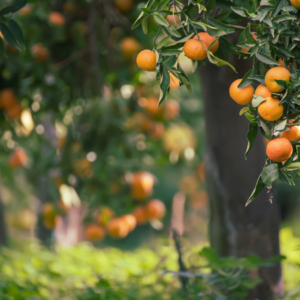
Harvesting and Storage
Knowing When Tangerines are Ripe for Picking
When growing tangerines, it is crucial to know the signs indicating that the fruits are ready for harvest. Tangerines are typically ripe and ready to be picked when they turn bright orange in color, feel firm to the touch, and are easily detached from the tree with a slight twist.
Tips for Storing Tangerines for Freshness
Any tangerine enthusiast knows that proper storage is key to maintaining the fruit’s freshness. Store tangerines in a cool, well-ventilated area away from direct sunlight. To extend their shelf life, you can refrigerate them in a perforated plastic bag. Avoid storing tangerines near ethylene-producing fruits like apples and bananas, as this can cause them to spoil quickly.
- Store tangerines in a cool, well-ventilated area away from direct sunlight
- Refrigerate tangerines in a perforated plastic bag to extend shelf life
- Avoid storing tangerines near ethylene-producing fruits like apples and bananas, as this can cause them to spoil quickly.
Plus
Additionally, it is important to check your stored tangerines regularly for any signs of spoilage, such as mold or shriveling. Properly stored tangerines can last for up to two weeks, allowing you to enjoy their sweet and tangy flavor for an extended period.
To wrap up on Tips for Growing Tangerine Trees
With this in mind, growing tangerines in your home garden can be a rewarding experience if you follow a few simple tips. Remember to choose a sunny spot, provide adequate water, and fertilize sparingly to help your tangerine tree thrive. With proper care and attention, you can enjoy a bountiful harvest of delicious tangerines right in your own backyard. For more tips on growing citrus fruits, check out How To Grow Great Citrus. Happy gardening!
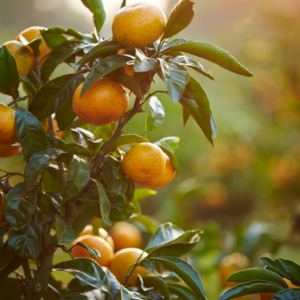
FAQ’s on Tips for Growing Tangerine Trees
Q: What is the best time to plant tangerine trees in a home garden?
A: The best time to plant tangerine trees in your home garden is during the spring or fall when the weather is mild. This will give the trees time to establish their roots before extreme temperatures set in.
Q: How much sunlight do tangerine trees need to grow successfully?
A: Tangerine trees thrive in full sunlight and require at least 6-8 hours of direct sunlight per day. Ensure that you plant them in a location where they can soak up the sun to produce sweet and juicy fruits.
Q: What type of soil is best for growing tangerines?
A: Tangerine trees prefer well-draining, slightly acidic soil with a pH level of 6.0-7.0. Consider adding organic matter such as compost or peat moss to improve soil quality and fertility for optimal growth.
Q: How often should tangerine trees be watered?
A: Tangerine trees should be watered regularly, especially during dry periods or hot weather. Water deeply but infrequently to encourage deep root growth, typically 1-2 times per week depending on weather conditions.
Q: How can I protect my tangerine trees from pests and diseases?
A: To protect your tangerine trees from pests and diseases, practice good garden hygiene by removing fallen leaves and debris regularly. Consider using organic pesticides or insecticidal soaps to control common pests such as aphids or mites.
The Secret to growing Grapefruit in a Container

